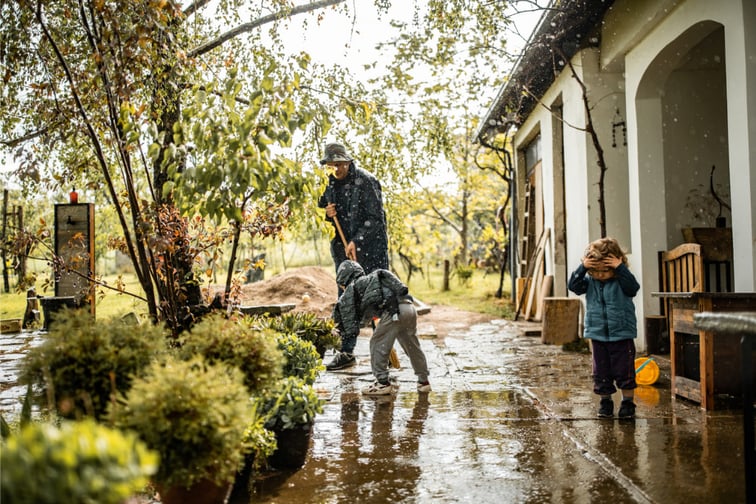

The Insurance Council of Australia’s (ICA) latest report warns that Australia’s houses are not resilient to tropical cyclone hazards – noting predictions that climate change would result in more frequent and severe weather events.
The ICA’s Tropical Cyclones and Future Risks report, prepared by James Cook University Cyclone Testing Station, outlines the changes required to building codes and construction standards to improve the cyclone resilience of new homes and calls for greater investment in the retrofitting of old homes to protect property and lives.
Its data was based on industry-wide policy and claims data from recent tropical cyclones in North Queensland, with a combined claims cost of $3.83 billion, and incorporates the damage report from Western Australia’s Tropical Cyclone Seroja earlier this year.
The report warned that the impact losses from tropical cyclones in Australian communities will only increase from an already high base unless significant changes are made to the design method and criteria for new homes. Therefore, it recommended that:
Commenting on the latest report, ICA CEO Andrew Hall said no region in Australia is currently uninsurable. However, some might become difficult to insure in the future if the severity of extreme weather events increases as predicted.
“Australia’s modern houses are not resilient to the tropical cyclone hazard of today, and the National Construction Code must consider resilience for all new property construction if we are to keep all of Australia insurable,” Hall said.
“Implementation of stronger building codes and retrofitting programs, improved land-use planning, and permanent physical mitigation measures, where necessary, will be key to ensuring an insurable Australia.”
In another report released in November, ICA warned that communities, properties, and infrastructure in coastal areas of Australia become increasingly vulnerable as climate change worsens.
Prepared by Baird Australia for the Insurance Council, the report found that an increasing number of exposed properties in the country will become uninhabitable as climate change-related natural disasters increase in frequency and intensity.
With coastal areas being one of the most vulnerable to the impacts of climate change, it will take $30 billion to provide risk mitigation that will protect coastal communities.
